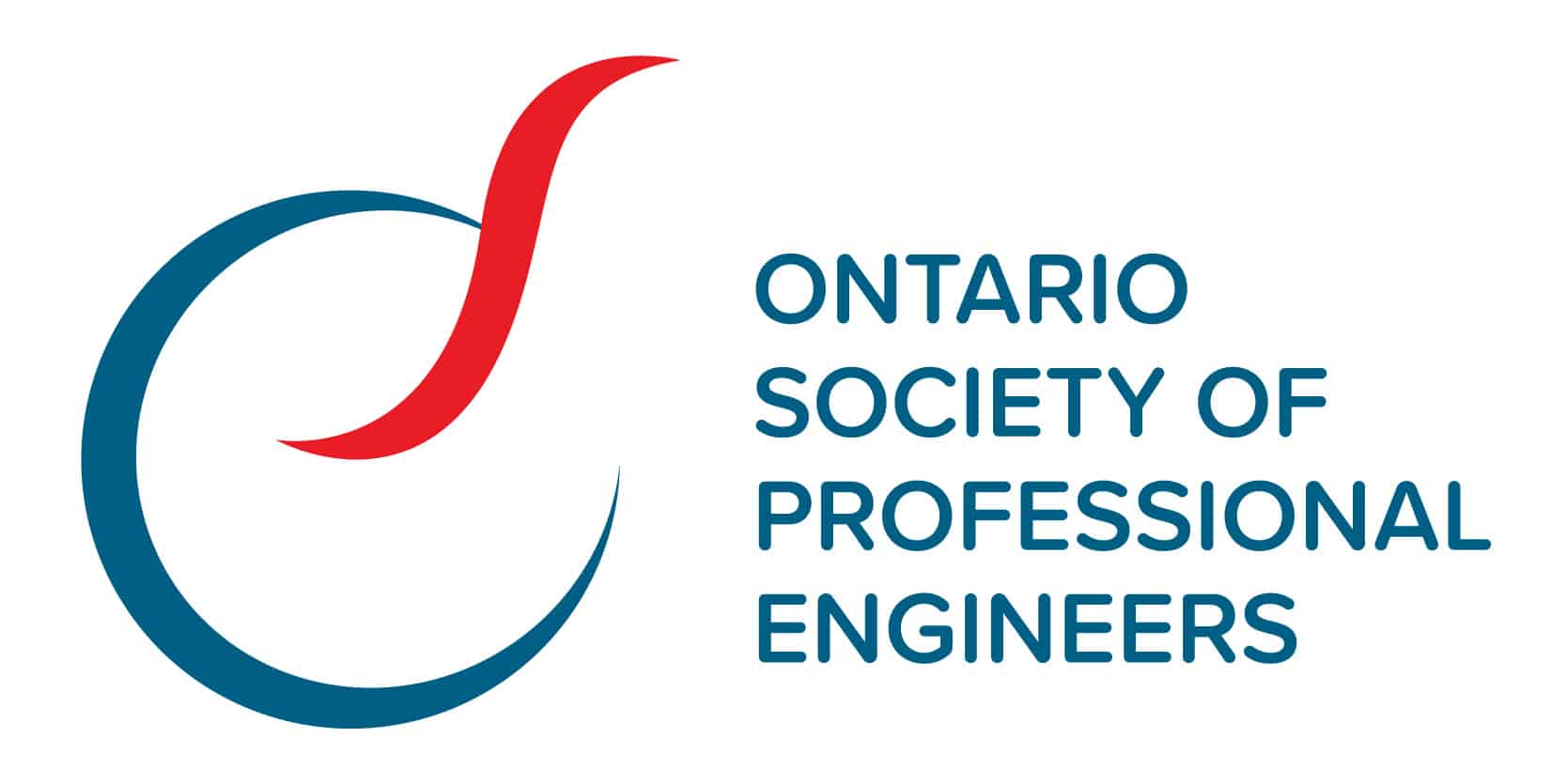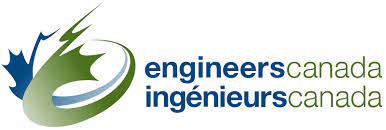
NEM 2024 Interview: Marc St-Jacques, VP of Sales and Marketing at Notarius
As National Engineering Month unfolds, we’re featuring key figures within Canada’s engineering sectors. Recently, we spoke with Marc St-Jacques, shedding light on digital signatures, industry trends, and the future of engineering.
Tell me a bit about yourself & your background.
My name is Marc St-Jacques. I’m the VP of Sales and Marketing for Notarius, and my background is a mix of different things. I’m part sales, part product, and part marketing, which gives me a distinct point of view on problems and their solutions. Essentially, most of my professional work has been centered around change management, whether it’s transitioning from paper catalogues to electronic authentication or converting people from paper authentication to electronic methods. In a nutshell, I enjoy facilitating change, even though it’s often met with resistance, because ultimately, it leads to positive outcomes. Over the last quarter-century, I’ve been dedicated to finding ways to help people embrace beneficial changes. Additionally, I’ve had the opportunity to present digital signatures and digital transformation to over 10,000 professionals across the country, covering aspects like education, technology, and compliance. Working with organizations like OSPE, I’ve conducted webinars explaining the technical aspects of digital signatures and their significance in the PEO ecosystem.
Why is National Engineering Month important to you and the engineering profession overall?
National Engineering Month is a bridge between celebrating what the professionals have accomplished and also to get kids, especially girls, excited about the idea of going into engineering. I know that’s been a major challenge of the 30 and 30 program is getting 30% women in the profession.To me, National Engineering Month is just a nice way to make noise about all the positive aspects, both from an educational perspective and what’s happening in real life.
The theme for NEM 2024 is lifelong learning. What does the concept of lifelong learning mean to you? Why is lifelong learning important in the work that you do?
Engineers have a saying that goes, “once an engineer, always an engineer,” and I think in that respect, it’s always about lifelong learning as a curious individual. I’m not an engineer, but I can play one on television. However, I do have enough friends who are engineers that lifelong learning is something that is embedded in the engineering way of life and I respect that. That’s what it means to me when I see it in that community; the way we approach a lot of the work in the industry, especially when it comes to Notarius and digital signatures. It’s really based along the lines of that lifelong learning. Maybe a decade or so ago, I was promoting the idea of transitioning from paper to electronic authentication, however in the last five years, we’ve started moving towards talking about verifying data or signing software. The whole concept of lifelong learning is part and parcel with the way technology is evolving and our need to adapt with it.
Can you tell me a little more about Notarius and the types of projects you work on?
Notarius was originally created as a not-for-profit organization to provide a digital signature platform, establishing a trust network for professionals to obtain and use digital signatures for signing electronic documents, which could then be verified by third parties.
Our core focus within the engineering community is to serve as the trust network for all 12 engineering associations in Canada. We educate both associations and industry professionals on the requirement to use digital signatures with electronic documents and facilitate a compliant transition. In terms of projects, most major engineering structures in the last decade have utilized digital design and authentication. While there may be exceptions, digital signatures have played a significant role in securing documents for the construction of these structures.
How has the engineering profession changed over the past 5 to 10 years & how is Notarius capitalizing on those changes?
Well, I’d say there’s a distinction between the pre-COVID and post-COVID eras. Before COVID, our primary challenge was transitioning people away from printers and towards authentication as part of a digital workflow. There was still a significant reliance on paper in consulting firms. However, in the last three years, especially with the onset of COVID and the subsequent changes, everything has shifted. COVID acted as a catalyst, prompting people to embrace digital solutions more readily. It was a trigger for organizations to reassess their methods, particularly due to the lack of access to printers. This shift has significantly accelerated adoption nationwide over the past two to five years.
Are there any specific programs, initiatives, or outcomes happening at Notarius that you’d like to tell me about?
Well, the key trend we’re observing in the industry is the shift towards electronic authentication. One of the latest initiatives underway is the integration of cloud-based digital signatures. This development is significant as it enables signing on various devices such as tablets and mobile phones. CertifiO Cloud, a product in development for about 3-4 years, is gaining traction among the engineering community and over 40 other associations we support nationwide. This initiative represents a significant leap in digital transformation.
What does the future of engineering look like and how does Notarius fit into that?
Digital signatures play a small yet critical role in the entire ecosystem. It ensures document security and user trust, which are essential. Considering the advancements in AI, there’s a concern about the authenticity of documents and the future of engineering needs to address this challenge. People must be aware of the options and potential pitfalls regarding digital signatures. Trust shouldn’t solely rely on visual cues; cryptography is essential for authentication. This aspect will likely shape the future of engineering, aligning with societal changes. Well, think of it this way. If tools like ChatGpt’s Sora can prompt video creation on the fly, what’s to stop them or similar tools from generating 2D or 3D drawings that may not meet specifications but look good on paper? If we can use AI to build models, creating a fake seal would be child’s play – and that’s concerning.
To illustrate this, about 12 years ago in the US, most states accepted an image of a seal on a PDF as sufficient for authentication. However, this isn’t ideal from a security standpoint, as it’s easy to modify. Fast forward to now, approximately 40 states require some form of digital signature, similar to all associations in Canada. Only about 10 states still accept electronic images as proper authentication, showing a significant shift over a decade.
Any final thoughts?
I just want to express my enthusiasm for being part of National Engineering Month and being involved in everything it entails, collaborating with various associations. I’ve witnessed their efforts at the K12, university, and postgraduate levels, attending award ceremonies where the quality of work and dedication to showcasing the profession or industry always impresses me. Keep up the excellent work because it’s crucial to highlight it in the market space and to the public.
Learn. Grow. Thrive. Together.
National Engineering Month is Ontario’s platform for celebrating the remarkable world of engineering. With a dynamic mix of insightful discussions, industry expertise, and diverse viewpoints, we’re showcasing the best of the profession. Join us in advancing engineering excellence, igniting interest in future professionals, and recognizing the vital role engineers play in society. Be a part of the #NEM2024 experience by attending an event. Explore all the exciting details at nemontario.ca.


